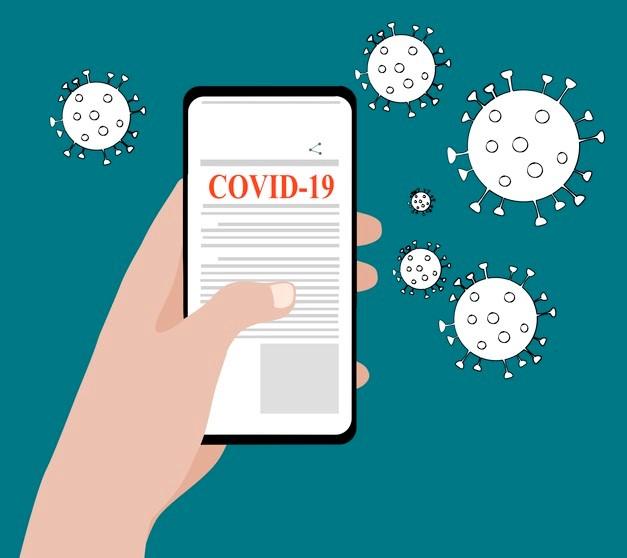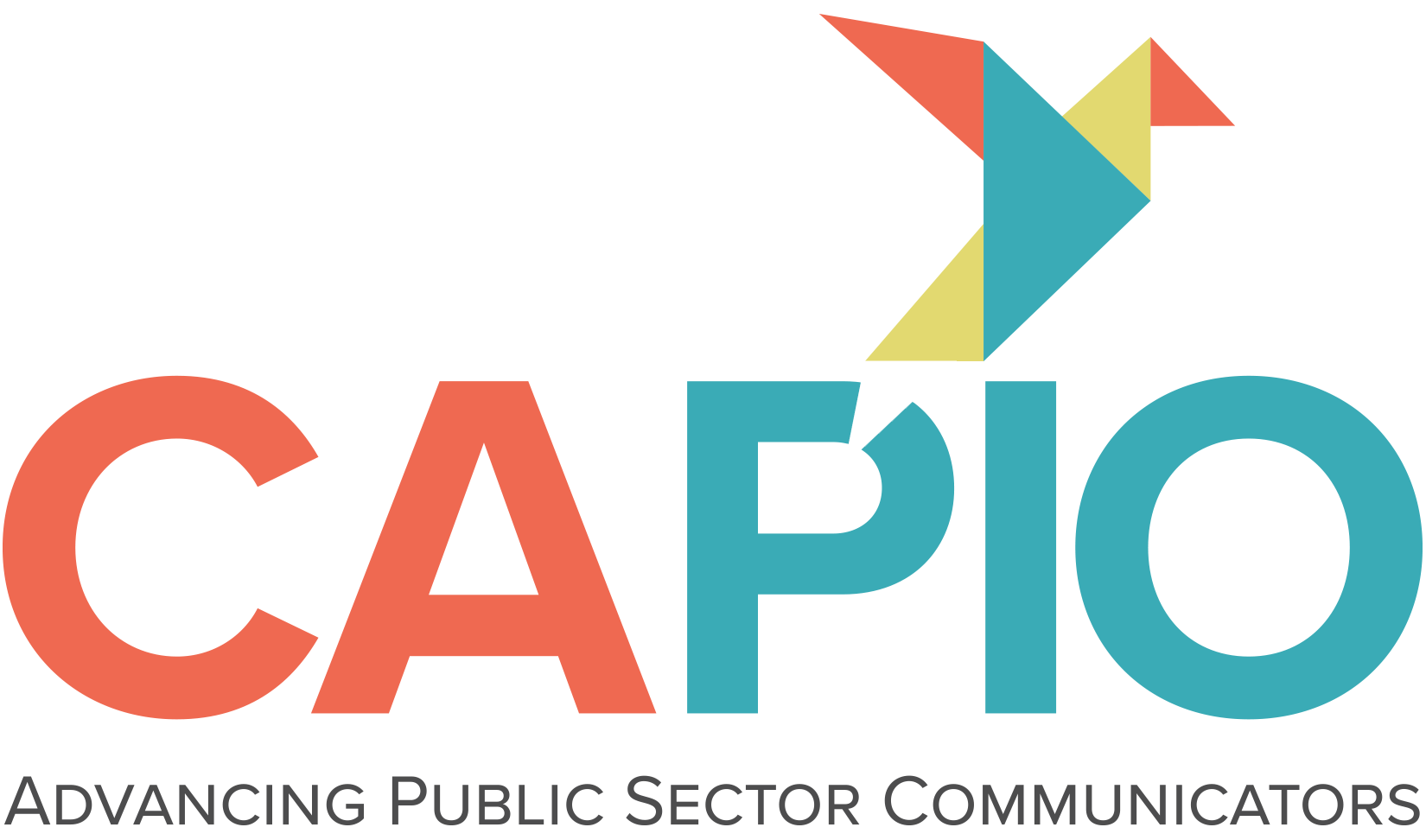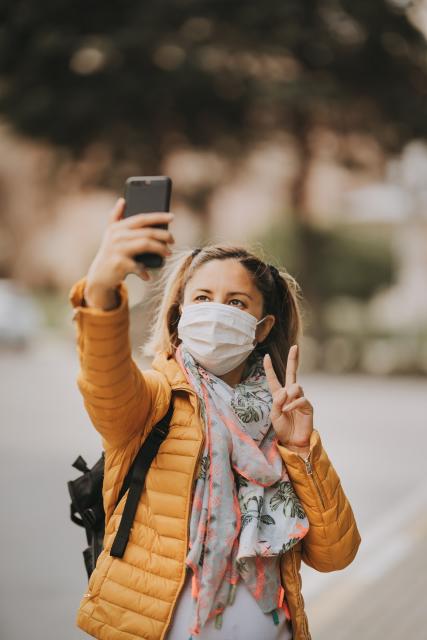Crafting your social media messages in the time of COVID-19
Are you on your phone more lately? I certainly am. As these pandemic-induced socially isolated days stack up, it seems we are all consuming more content on our devices both to inform our communities and distract ourselves.
As public communicators, we have more opportunities now than ever before to push out content to a captive audience. But before we do, we need to make sure we are being more thoughtful than ever before about our messaging during these complex times.
Here are some things to keep in mind when crafting your social media messages during this pandemic:
Think twice before scheduling posts. Schedulers are great tools when you want to set it and forget it, but pre-planned messages from weeks back will likely be tone deaf. With orders and directions changing combined with heightened public health concerns, pre-scheduled posts may conflict with guidance being given to the community or come off as insensitive to the current state.
Brand your crisis communications. Differentiate your crisis communications to stand out among your other, more regular posts. This way people will know it’s important information related to the crisis situation.
Cut the fluff and stay on message. Make your
digital content easy to understand and designed with mobile in
mind. If you have a document to share, provide a link to your
website to download—but keep in mind that less links is best if
possible. Your viewers should be able to get the most important
information out of your post while they are
scrolling. 
Simplicity is key. With an overwhelming amount of information coming out on social media, there is a lot to sort through. Using simple, thoughtfully crafted visuals and clear, bite-sized, info-packed messages will grab attention and get your message out quickly and concisely. Help viewers quickly absorb important information before they scroll on. You can always provide a link back to your website for more detailed information, so leave the pdf’s on the website.
Stick to the facts. Circumstances keep changing, and the uncertainties surrounding our lifestyle, livelihood, and future is causing anxiety. Furthermore, incorrect information is being shared and it’s up to us, as public communicators, to publish only accurate information. Communicating the facts about the current situation and what is being done may provide some comfort. Are you listening to the social conversations around you and monitoring how your agency is being mentioned? Are employees being asked recurring questions from customers or the community? Use posts to address those questions and concerns to reassure your audience through your social media channels.
Educate and illustrate. Be a resource and help educate your community. Are there topics being discussed around your own neighborhoods that perhaps you can proactively and creatively address? Also, think about how you can provide information, while engaging with your customers and community. People are looking for things to do while at home and stay busy with things that are meaningful. Can you share activities people can do? What about offering a virtual tour? Do you promote rebates or ways to save money? Does your agency have fun, household activities families can do together, cooking, planting, or DIY projects? Games, puzzles, or fun facts? Ways to educate or entertain kids?
Share posts from lead responding agencies. Share information from local and state public health officials, along with content from similar public agencies that your audiences will likely benefit. You can even share what people in the community are doing and how they’re helping others during this time.
Tell your story. Find ways to share what is happening in your organization that is interesting, relevant, or something many people might not know. Perhaps you could highlight employees or facilities, showing the work you do or services you provide? Can you show action shots of employees performing work or highlight an essential worker? Another option is to enlist others in the organization to help create content. Ask a willing employee to take a socially-distanced selfie (but be sure to give them some guidance on what is okay, or not okay, to include in the photo). Turning the camera on ourselves shows that we are all in this together. It could be especially effective if it is done with authenticity and empathy.
Use humor, but cautiously. Humor is risky, but done right, it can humanize your agency while helping your audience cope while breaking through COVID-19 fatigue. There may be some divide on this topic as it may not be appropriate for every organization. Timing is of the utmost importance when integrating humor into your social media feed so evaluate when critical incident announcements are being made. Providing some light-hearted moments can actually build trust and help maintain a sense of normalcy.

